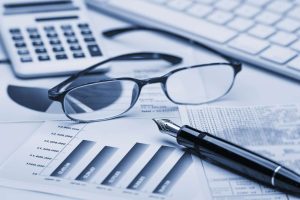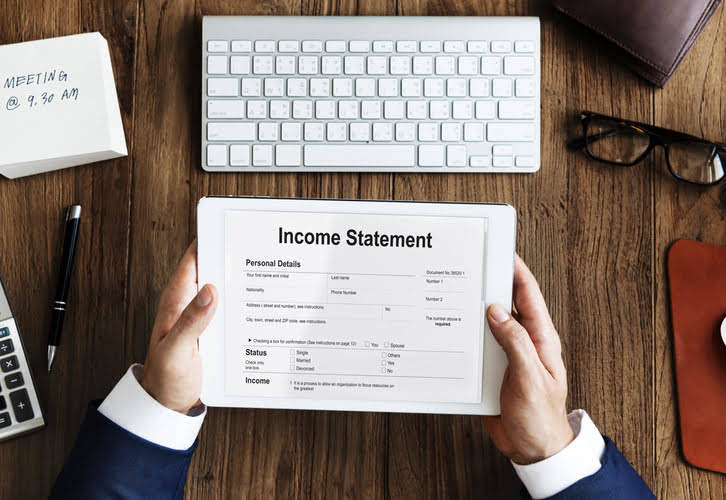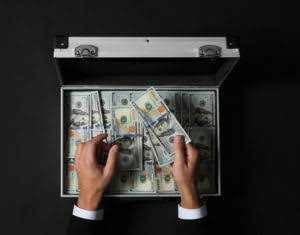
Similarly, the inspection costs for assessing any faults in the fixed assets are also recognized as the cost of fixed assets. However, recognition remains the same criteria as discussed above(economic benefit & cost ascertainment). The buildings account may include the cost of acquiring a building, or the cost of constructing one (in which case it is transferred from the Construction in Progress account). If the purchase price of a building includes the cost of land, apportion some of the cost to the Land account (which is not depreciated).
Depreciation FAQs

Accumulated depreciation is a contra asset account representing the aggregate of depreciation expensed as of a specific date. The purpose of presenting accumulated depreciation is to show the net value of fixed assets. Typically financial statements present the gross fixed asset balance capitalized initially, with the accumulated depreciation to date to show the net fixed assets value at a point in time. To fully understand net fixed assets, it’s important to know the key components that make up this figure. These components include fixed assets, accumulated depreciation, capital improvements, and fixed asset liabilities. Each plays a critical role in determining the net fixed asset value on a company’s balance sheet.
Current Assets

Leasehold improvements are improvements to leased space that are made by the tenant, and typically include office space, air conditioning, telephone wiring, and related permanent fixtures. Land is the only asset that is not depreciated, because it is considered to have an indeterminate useful life. Include in this category all expenditures to prepare land for its intended purpose, such as demolishing an existing building or grading the land.
- Some examples of major asset classes include equities, bonds, money markets, and real estate.
- For example, consider a fictitious acquisition in which one company buys another.
- Since fixed assets are used for a longer period of time, they are likely to devalue with use.
- That’s because a company needs physical assets to produce its goods and/or services.
- For most organizations, fixed assets are a significant investment and must be accounted for properly.
Depreciation Accounting
- If a business creates a company parking lot, the parking lot is a fixed asset.
- Unlike tangible assets, which depreciate over time, intangible assets can appreciate in value or remain stable.
- Other than dividends – fixed regular cash payments enjoyed by stockholders – equities offer no guaranteed payments or rates of return.
- Fixed assets are crucial for the ongoing operations of the business, helping in production, service delivery, or administration.
- Tangible fixed assets, such as plant and equipment, are also recorded on the balance sheet but as their useful life is reduced, that portion is expensed on the income statement as depreciation.
A group of securities that exhibit similar financial characteristics and behave the same in the marketplace is known as an asset class. Some examples of major asset classes include equities, bonds, money markets, and real estate. To understand how the net fixed assets formula works in practice, let’s go through an example.

For example, machinery, a building, or a truck that’s involved in a company’s operations would be considered a fixed asset. Fixed assets are long-term assets, meaning they have a useful life beyond one year. While tangible assets are the main type of fixed asset, intangible assets can also be fixed assets. A fixed asset is a long-term tangible property or equipment a company uses to operate its business. Fixed assets include buildings, computer equipment, software, furniture, land, machinery, and vehicles.
Advantages of Automated Reconciliation for your Business
Fixed assets are always considered tangible assets as they have physical dimensions and presence. Fixed assets are long-term assets that can be sold for cash and are depreciated over their useful life. Depreciation is the process of allocating a portion of the cost of an asset over the years as it is used to generate revenue for the company. Depreciation helps to reflect the wear and tear on tangible assets during their lifetime. Tangible assets are physical and measurable assets that are used in a company’s operations.

- If an asset meets both of the preceding criteria, then the next step is to determine its proper account classification.
- Most business entities use the straight-line method for the valuation of the fixed assets in the balance sheet.
- The formula involves subtracting accumulated depreciation from the total value of fixed assets and then adding any capital improvements.
- In other words, a fixed asset may not be the same thing to different corporations.
- This figure is important for accurately representing the asset’s value on the company’s balance sheet and understanding its financial position.
A delivery service, for instance, would designate its trucks as fixed assets. The identical automobiles, however, would be listed as inventory fixed asset accounting by a company that makes cars. As a result, while classifying fixed assets, take the nature of a company’s activity into account.

Straight Line Method
Fixed assets are physical or tangible assets a company owns and uses in its business operations to provide services and goods to its customers and help drive income. These assets, which are often equipment or property, provide the owner with long-term financial benefits. A business is expected to keep and use fixed assets for at least one year. The value of fixed assets declines as they are used and age — except for land — so they can be depreciated. Fixed assets are often converted into cash at the end of their life cycle.
- Fixed assets are tangible items companies own and use in their business operations for long-term financial benefits.
- The AI algorithm continuously learns through a feedback loop which, in turn, reduces false anomalies.
- Many business entities record fixed assets under the line item of property, plant & equipment.
- Fixed assets are long-term assets that can be sold for cash and are depreciated over their useful life.
- This accelerated method writes off more of the asset’s value in the early years.

